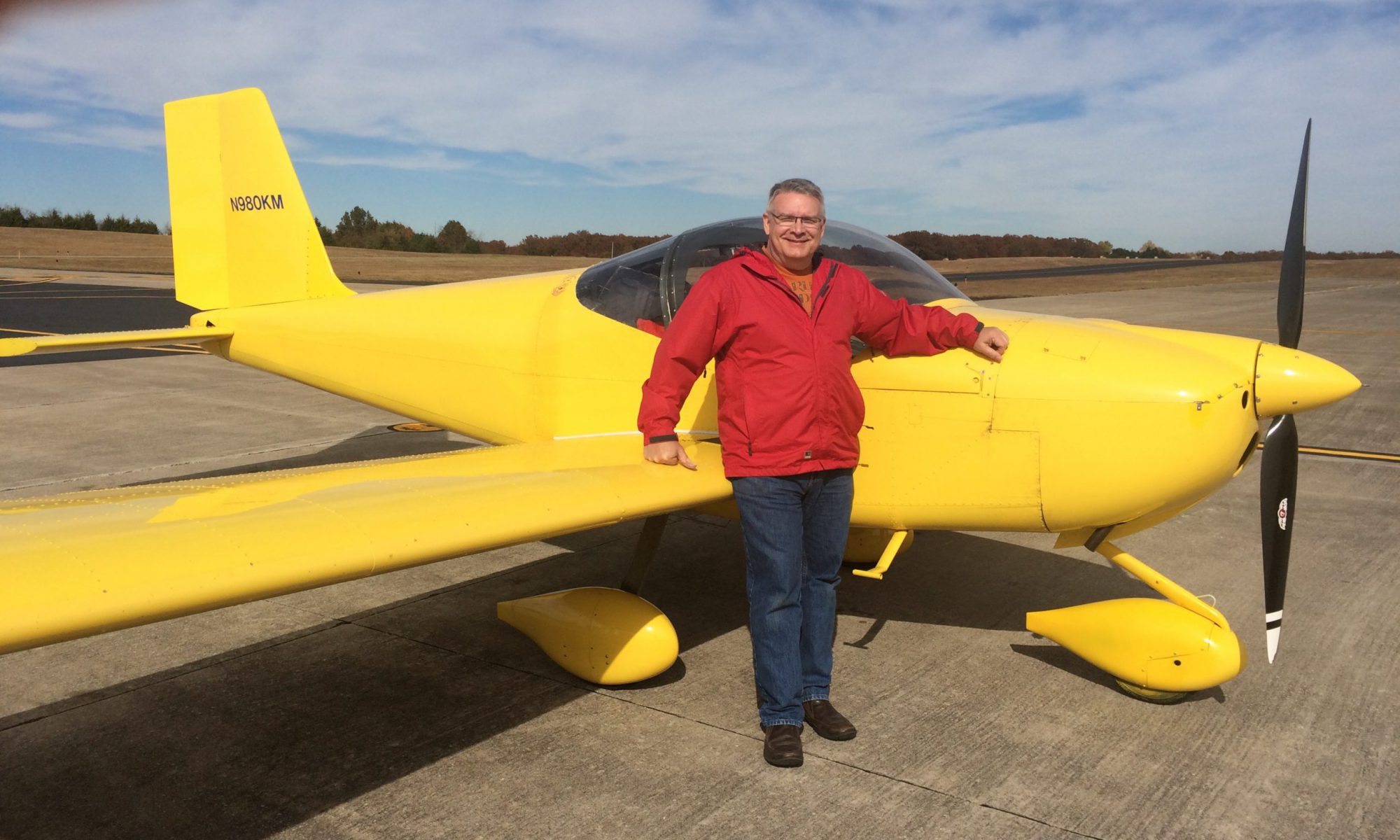I presently own three HF radios. The most capable of the three, the one I plan to use first, is a Kenwood TS-850SAT, which was manufactured in Japan some time in the 1990s. At the time it was at or near the top of their product line; one of the last of the non-DSP radios. It really is a pretty nice rig; maybe not quite as posh as a TS-930, but the power supply doesn’t die every time you look at it sideways.
Unfortunately, after several years sitting in a closet in my office, a couple of the front panel buttons were balky. Also, the display is an LCD backlit with a small CFL tube; as one would expect, either the CFL tube or its power supply is starting to fail, meaning the display occasionally goes blank. Time to take it apart again.
The switches were relatively easy to fix. With the switch board removed, they’re just common 6m square tactile buttons. I replaced the UP and DN buttons – only one was bad, but the new switches have a different actuating force than the originals, and I wanted the button feel to match between the two. You want, I think, 130 gram force tactile switches, and I think mine are 160 gf. I bought them in a cheap assortment from Amazon, so it’s not documented but these are a little stiff.
I removed the display panel and found that the inside of the plastic lens over the display was pretty well coated with a grungy tan film of dirt or, more likely, tar from a previous owner’s cigarettes. You can tell where the air flows through the radio by the brown deposits on the parts. It’s not bad bad, but I’ll clean up what I can while I’m in there. I spent a while with some lens cleaning solution, Q-Tips, and a microfiber cleaning cloth getting that cleaned off again.
While I had the radio apart waiting for the LED strip, I checked the DDS chips – these are Direct Digital Synthesis chips that generate the various frequencies used by the radio. Early TS-850s are known for developing problems with the carrier board that these chips are on. Fortunately, mine has the newer part number chips that are supposed to be good and not prone to failure.
The new LED display backlight was relatively straightforward. With the strip cut and stuck in place, I wired it to the white wire from teh front panel power switch. Too bright. It’s a 12V strip, and the power supply is at least 13.5. After some fiddling and experimenting, I ended up de-soldering the dimmer switch and removing two pins to isolate it from ground. Power now comes from the supply switched line (white wire of the power switch), through four 1N4001 diodes in series to drop the voltage to a good level for a dimmed display. The dimmer switch is wired across the second pair of diodes to bypass them for full brightness — in other words, two diodes for full brightness and four for dimmed. It works quite nicely, and the display is now nice and crisp and easy to read.
I still have no antenna up, but last night with about 8′ of wire strung across my office the receiver seemed to work a well as my FT-817ND receiving the very, very few signals I could hear.
